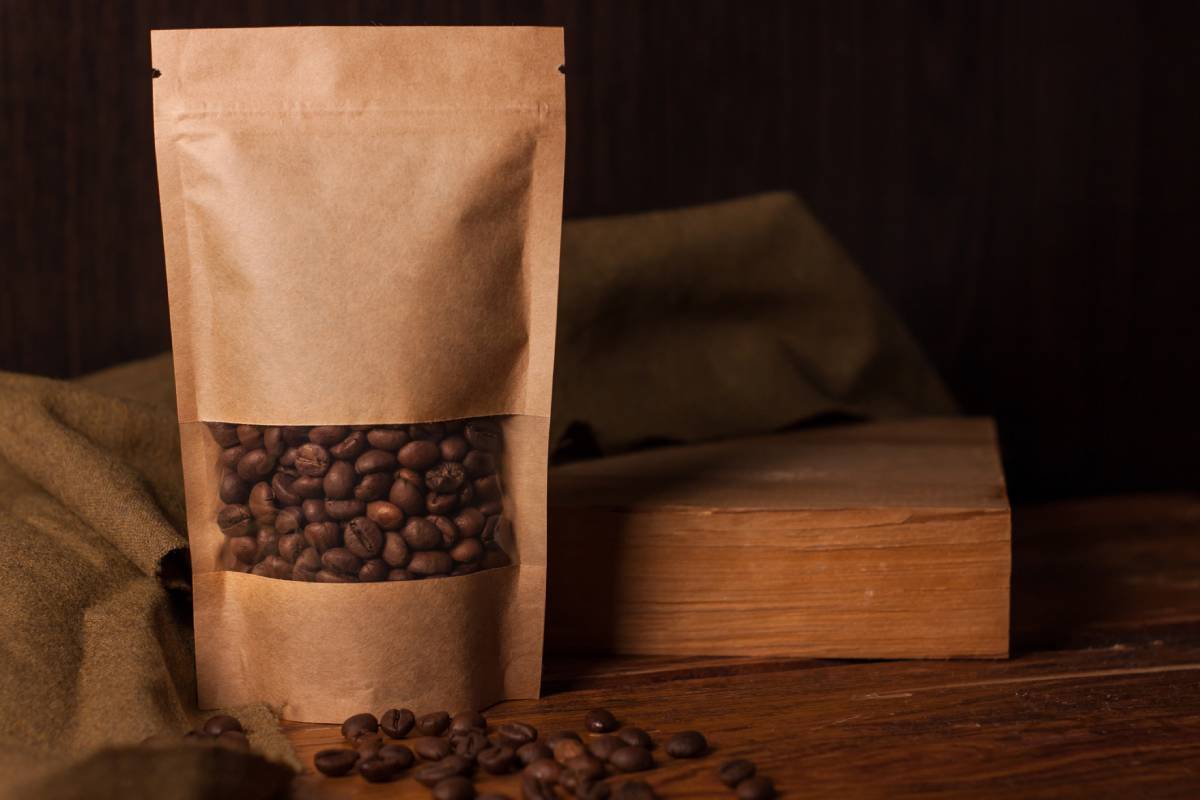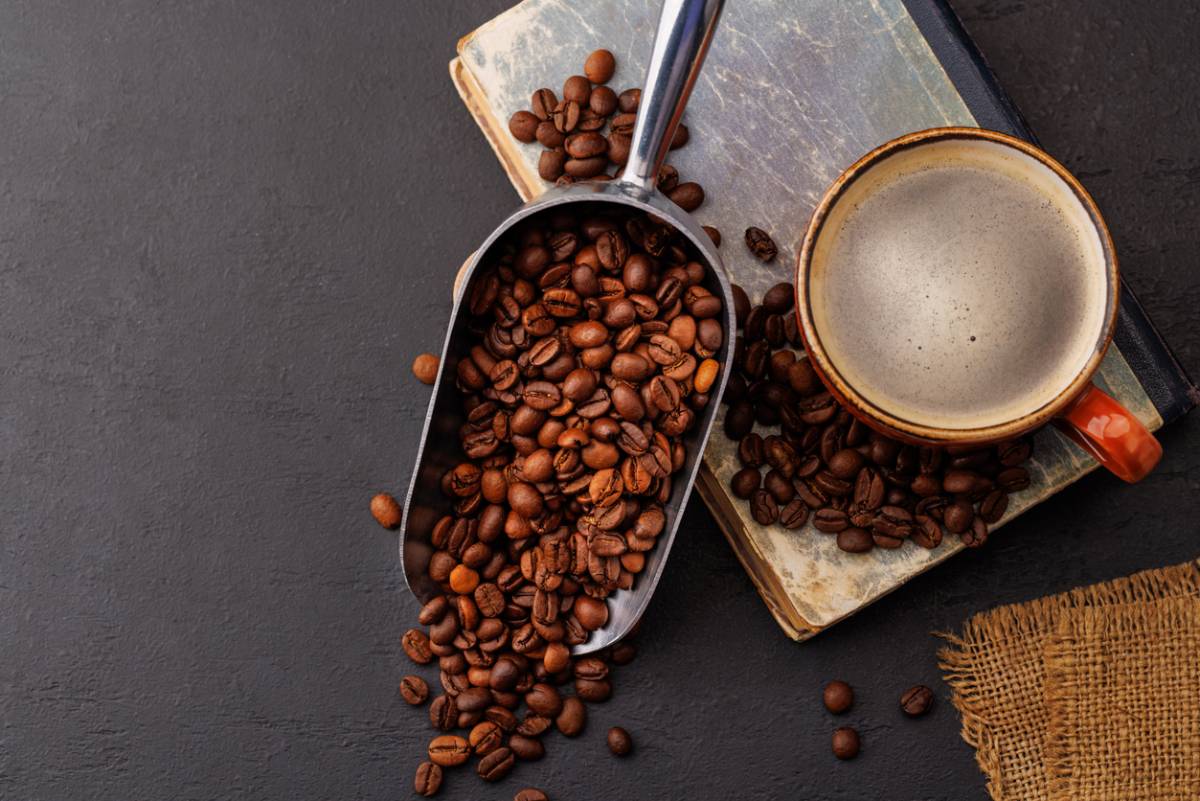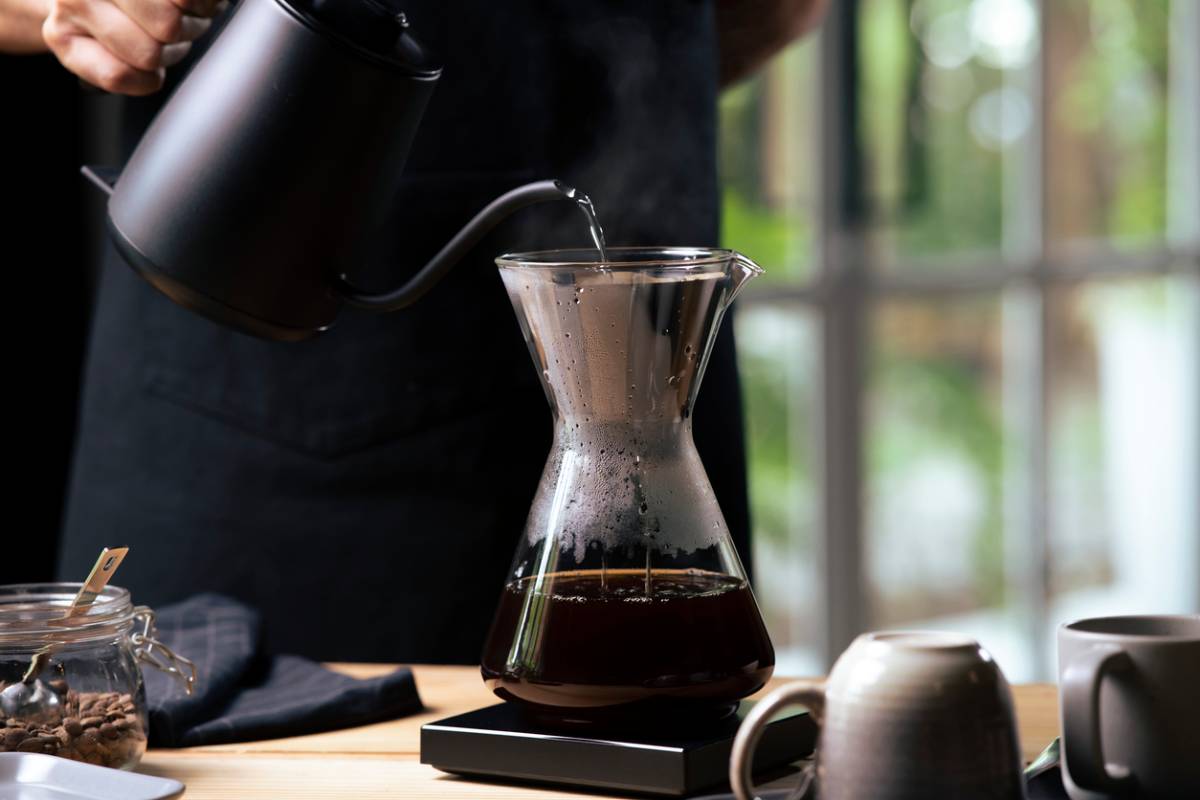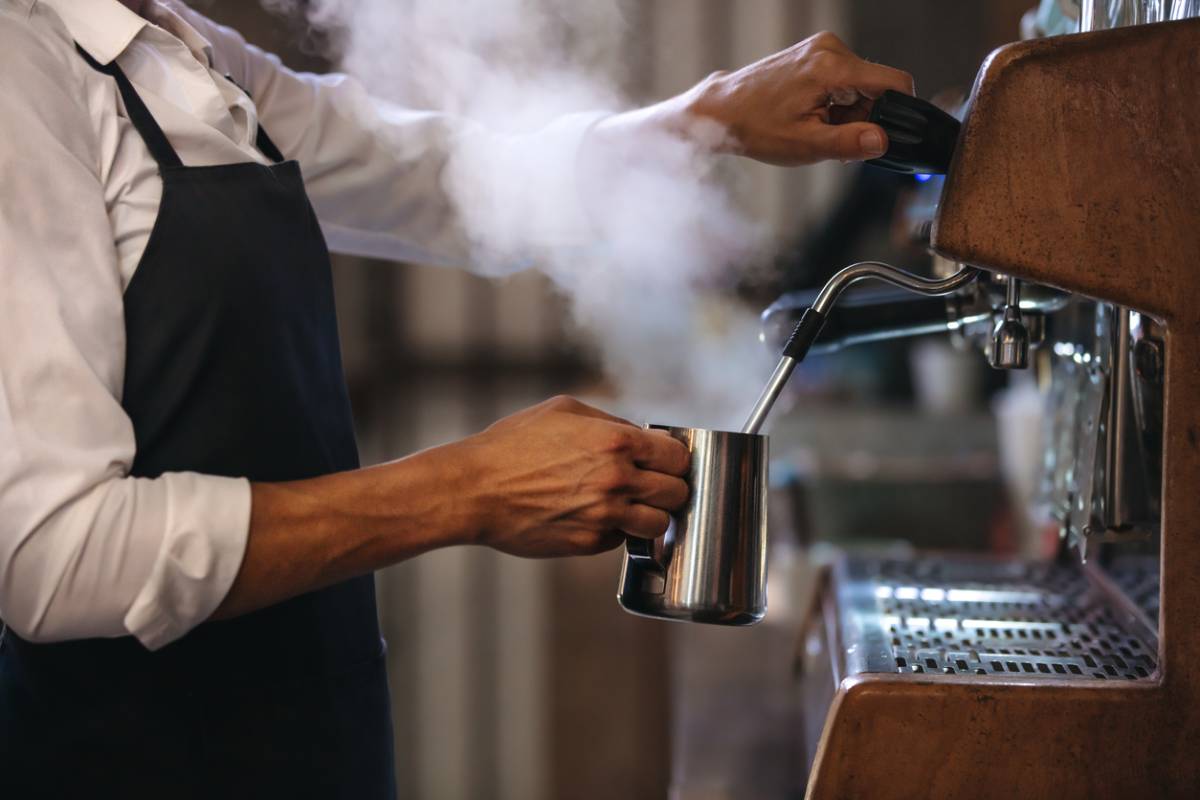Though the rising demand for sustainable products is a positive step for the well-being of the environment, it does pose a challenge to some businesses. Those in the coffee industry, in particular, face an increasing challenge to balance eco-friendly packaging with cost efficiency. Eco-friendly packaging is a significant factor in lessening the environmental footprint of a business, something that will benefit the larger society. Meanwhile, affordability is a crucial factor in staying competitive and keeping your business alive. Balancing these is a big challenge, but it can be done. If you are trying to balance cost and sustainability in coffee packaging and beverage systems, here are some strategies you can try without compromising product quality and brand identity.
How to Balance Cost and Sustainability in Coffee Packaging
To understand how to balance cost and sustainability, you must first have a decent understanding of sustainable coffee packaging. Sustainable coffee packaging refers to materials and designs with the minimum environmental impact. Talk about biodegradable, compostable, recyclable, and reusable options. The entire life cycle of the materials—from sourcing to production to disposal—is also taken into consideration.
Common Eco-Friendly Materials:
Kraft Paper: These are recyclable and degrade within a few weeks.
Compostable Films: These are made from renewable materials like sugarcane, cornstarch, and cassava.
Recyclable Plastics: These are plastics that can be recycled and made into new products multiple times.
Reusable Containers: These are metal tins and glass jars that customers can use to refill their coffee products.
Challenges of Sustainable Packaging
Because of the increasing awareness of the problems caused by environmental degradation and climate change, it should not be hard to convince people to choose sustainable practices. However, many coffee businesses are faced with challenges.
Higher Material Cost: Eco-friendly materials are usually more expensive than conventional plastic materials.
Durability Issues: Some biodegradable materials may not be able to give the same level of protection as plastics to keep coffee fresh.
Limited Availability: The sourcing of sustainable packaging is sometimes challenging and can lead to supply chain issues.
Lack of Consumer Knowledge: Not all customers know how to properly dispose of sustainable packaging. When it comes to sustainable packaging, businesses should balance cost and sustainable goals. Here are strategies to do that.
Cost-Effective Strategies for Sustainable Coffee Packaging:
Choose the Right Materials
Look at your budget and sustainability goals, and then, with these in mind, choose the best materials.
Mix Materials
You can mix recycled content with traditional packaging. This practice can bring down costs and still improve sustainability.
Use Lightweight Options
Lighter materials can bring down shipping costs and reduce your business’s carbon footprint.
Look for Local Sources
Local sources may offer better pricing options, cost less to ship, and reduce transportation emissions.
Optimize Packaging Design
Efficient packaging design can lower the cost.
Reduce Excess Packaging
Complicated designs may result in unnecessary layers and bulk. Make sure that your packaging design is attractive yet uncomplicated.
Right Size Packaging
Minimize waste by ensuring that your packaging is just the right size for the amount of product it will hold.
Multi-Use Design
Consider how else your customers can use the packaging. Design your packaging wisely. Make it attractive and functional so that customers will choose to keep and repurpose it. In a world that is concerned with sustainability, more and more customers support brands that are taking steps towards this goal. This can help improve brand loyalty while reducing waste.
Bulk Purchasing and Supplier Partnership
Buy in bulk to lower your cost per unit. Consider partnering with suppliers who are also focused on sustainability. They may be able to give you better pricing, which can result in long-term savings.
Implement Refill and Return Programs
Encourage your customers to return or refill their packaging through a deposit-refund system and discounts for refilling coffee bags or jars.
Level Up Your Customer’s Coffee-Drinking Experience
Through creativity and innovation, coffee retailers can balance cost and sustainability practices in their packaging. If you are in the coffee business and would like to level up your customer’s coffee-drinking experience, contact us about our coffee equipment so you can get that perfect piping cup of hot coffee every time. After all, no matter how well-thought-out the packaging is, it is still that delicious coffee inside the cup that matters.










